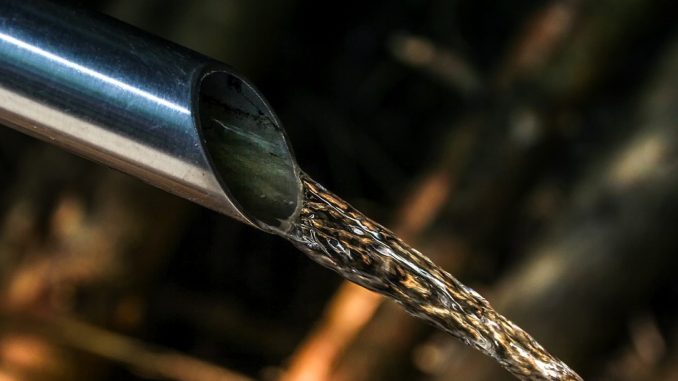
Water companies across the globe will be keeping a keen eye on Portugal over the coming months and years. A bold plan to create the world’s first self-sufficient water plant is taking place, where drinking water will be used to generate electricity.
The Asseiceria Plant is located just outside of Lisbon and is the county’s biggest water treatment facility. It serves more than three million inhabitants – nearly a third of Portugal’s population – and treats up to 625,000m3 of water per day.
A $6 million investment from the water company Empresa Portuguesa Das Aguas Livres (EPAL) will see turbines installed in pipes, using the drinking water which flows from the plant to the Portuguese capital to generate electricity as it starts it journey towards hydrating the city.
Two mini-hydro systems are to be installed, one inside the plant with a capacity of 140 KW and another in the water transport system outside the plant of 1.4 GW.
It is expected that the turbines will generate enough power for the Asseiceria Plant to achieve energy neutrality. The nearby Castelo do Bode Pumping Station will also be powered by electricity produced via the pipes through a private underground powerline from the plant.
As well as the obvious environmental benefits, the Asseiceria Plant will save money by generating its own electricity and should gain from increased reliability. There will no longer be any interruptions to the plant’s power supplies brought about by weather or other external factors.
The project is part of EPAL’s ambitious plans of achieving energy neutrality by 2025. The company have committed an investment of more than $70 million to their EPAL 0% Energia programme with wind turbines and solar power to be installed at other facilities.
Should the electricity generation scheme at the Asseiceria Plant be successful, then other water companies may look at how they could use their own pipes to generate power.
In the United Kingdom, the Ofwat PR19 document which sets out targets for the water industry to achieve between 2020-25 committed suppliers to achieving zero net carbon emissions by 2030.
Various projects are already working towards that aim. Yorkshire Water for example has set out plans to increase the amount of renewable energy it generates from biogas while South East Water are aiming to reduce their carbon footprint by 68% over the course of the next five years.
Events at the Asseiceria Plant could provide a blueprint for water suppliers in the United Kingdom to move further towards carbon neutrality.

Leave a Reply